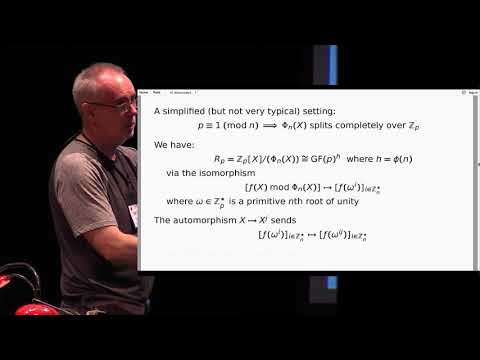Welcome to the resource topic for 2017/1114
Title:
Fast Homomorphic Evaluation of Deep Discretized Neural Networks
Authors: Florian Bourse, Michele Minelli, Matthias Minihold, Pascal Paillier
Abstract:The rise of machine learning as a service multiplies scenarios where one faces a privacy dilemma: either sensitive user data must be revealed to the entity that evaluates the cognitive model (e.g., in the Cloud), or the model itself must be revealed to the user so that the evaluation can take place locally. Fully Homomorphic Encryption (FHE) offers an elegant way to reconcile these conflicting interests in the Cloud-based scenario and also preserve non-interactivity. However, due to the inefficiency of existing FHE schemes, most applications prefer to use Somewhat Homomorphic Encryption (SHE), where the complexity of the computation to be performed has to be known in advance, and the efficiency of the scheme depends on this global complexity. In this paper, we present a new framework for homomorphic evaluation of neural networks, that we call FHE-DiNN, whose complexity is strictly linear in the depth of the network and whose parameters can be set beforehand. To obtain this scale-invariance property, we rely heavily on the bootstrapping procedure. We refine the recent FHE construction by Chillotti et al. (ASIACRYPT 2016) in order to increase the message space and apply the sign function (that we use to activate the neurons in the network) during the bootstrapping. We derive some empirical results, using TFHE library as a starting point, and classify encrypted images from the MNIST dataset with more than 96% accuracy in less than 1.7 seconds. Finally, as a side contribution, we analyze and introduce some variations to the bootstrapping technique of Chillotti et al. that offer an improvement in efficiency at the cost of increasing the storage requirements.
ePrint: https://eprint.iacr.org/2017/1114
Talk: https://www.youtube.com/watch?v=LXmGVPcCVag
See all topics related to this paper.
Feel free to post resources that are related to this paper below.
Example resources include: implementations, explanation materials, talks, slides, links to previous discussions on other websites.
For more information, see the rules for Resource Topics .
